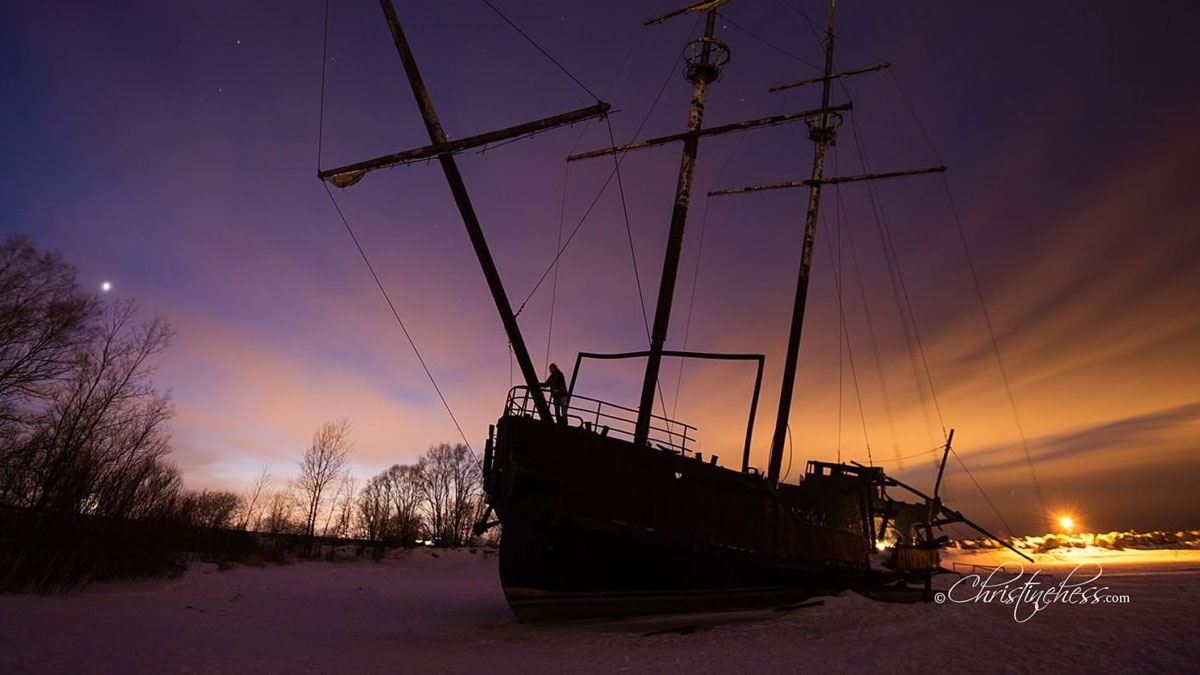niagara history
Archive Page
The Clifton Hill Blog is your expert guide to Niagara Falls — offering local insights, travel tips, and the latest on attractions, events, dining, and entertainment. Whether you're a family planning a weekend escape, a fun-seeking couple, or part of a group tour, we help you make the most of your visit to Niagara’s most exciting destination.
Our Mission:
To inspire and inform visitors of all ages and travel styles — from families and couples to group adventurers — by delivering up-to-date, engaging content that makes exploring Clifton Hill and Niagara Falls easy, memorable, and fun.



